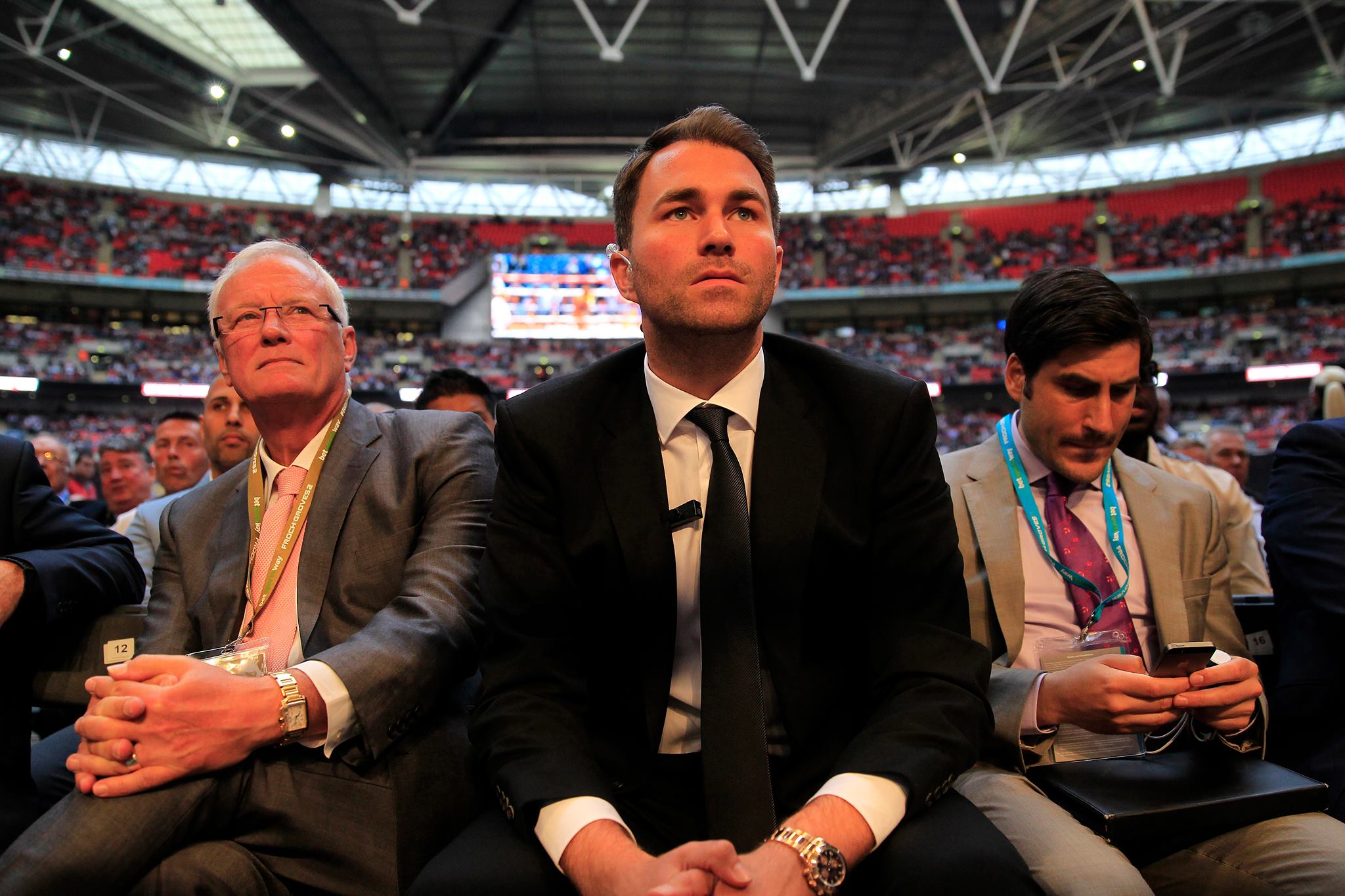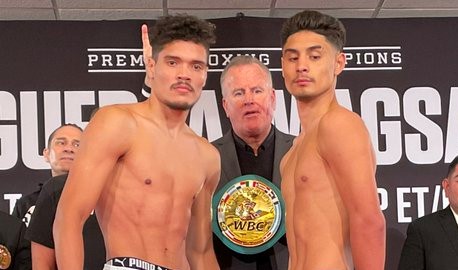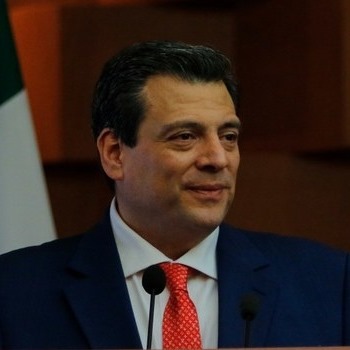By Zach Arnold
In the era of YouTube, viral marketing is becoming a key advertising component for fight promoters. It’s free, it’s accessible on your computer, and it appeals to a tech-savvy younger audience that may have some non-gambling related disposable income at hand.
If I asked you which sport, boxing or MMA, is doing a better job of viral and grass-roots marketing in 2008, which sport would you pick?
95 out of 100 of you would pick MMA. And you would be right.
It seems the only steady marketing boxing can get these days on cable (outside of pay-TV like HBO or Showtime) is re-runs of old 1980s fights on ESPN Classic or Top Rank remix shows on Versus. Rubbing salt into the wound, Zuffa’s second-tier promotion WEC does better ratings than the live club boxing shows featuring Nick Charles & Wally Matthews.
You would think that given boxing’s aging demographics and a need to get more exposure for their product that promoters in the sport would head online and try to capture some of the magic that we’ve seen MMA catch. However, it simply hasn’t happened.
The route in which MMA became grass-roots and viral marketing-oriented came into fruition after the sport was driven off of PPV in the States. The lifeblood of MMA during the ‘dark ages’ came in the name of internet news & file sharing web sites. When no newspaper in their right mind would touch the topic of MMA without calling it ‘human cockfighting’, it was the Internet that was the place to be to get your news and information on the MMA scene.
It should be duly noted that only a year or two did newspapers actually want to start covering UFC and MMA events. Think about how far and how fast media coverage for MMA has come… and then think about how fast media coverage for boxing has fallen.
Today, most MMA promoters (including UFC, Elite XC, and IFL) have their own YouTube channels. A preview video for Rampage Jackson vs. Forrest Griffin (UFC 86) drew nearly 230,000 views in four days. Tell me the last time you saw a boxing promoter or TV entity use viral marketing like MMA has so effectively in this decade.
The answer: you can’t.
There’s no question that MMA is attracting a younger audience than boxing, while boxing continues to attract high-rollers and events that casinos will pay site fees for. However, boxing has fallen into its own trap in America – marketing to an older audience that is strictly casino-based. You can see that there’s plenty of life left in boxing when you watch promoters like Frank Warren (Joe Calzaghe) work their magic with stadium shows. However, that marketing sense has not translated well at all in the States and the sport of boxing is paying a price for it.
Think about how and why viral marketing works with MMA’s audience. It’s primarily an audience younger than 50 and one that is receptive to technology. Watching video on a computer screen or transferring that video via a hook-up to a TV is not looked down upon.
Let’s put the YouTube model into comparison here for a second. Both HBO (boxing) and UFC (MMA) have their own YouTube channels. Both were created in 2006. HBO’s YouTube channel has 5,964 subscribers and 195,588 channel views. UFC’s YouTube channel has 13,233 subscribers and around a million channel views. In other words, UFC’s YouTube channel has more than double the subscribers and nearly five times the channel views. That’s not to say that HBO Boxing YouTube videos don’t attract viewers, because a Miguel Cotto video package drew over a million views. However, it’s clear that YouTube users themselves are not searching out HBO’s YouTube channel to look for clips. UFC, meanwhile, is making a concerted and aggressive effort on this front to market their product and grab eyeballs of younger fight fans. It’s working.
Look at the booming online scene for MMA web sites. It’s reminiscent of what happened with the hot American pro-wrestling scene in the 1990s, where you had an explosion of web sites. The difference with the MMA boom in the States is that the Internet has seen technological advances and there is more money at stake. There’s podcasting, vlogging, blogging, video sharing sites, and social networking services like Facebook. While boxing promoters in North America continue to be content doing business the old way, a lot of promoters in MMA are pushing the envelope and are challenging the way business is normally done.
Simply put, boxing has failed to make an outreach to a younger audience and part of that outreach involves the use of viral marketing. It involves learning and understanding grass-roots marketing. Bob Arum calls this ‘applying elbow grease,’ but that’s not an accurate description of what this kind of marketing entails.
While Arum complains about shows not drawing for various excuses he comes up, his audience continues to skew older. Variety magazine recently reported that the average age for a viewer of broadcast network TV in America is 50. You wonder why CBS was desperate in making a deal with Elite XC to attract MMA’s younger audience?
Boxing as a sport is not dying and will not die – but its current audience is aging fast and certainly dying off. Part of the regeneration process involves reinventing yourself and how you market your product. So far, we haven’t seen many players in the boxing game step up to the plate and accept the challenge at hand. There is a blueprint for boxing promoters to study, but they have to first come to terms with their counterparts in the MMA world and stop bashing them at every turn.


















